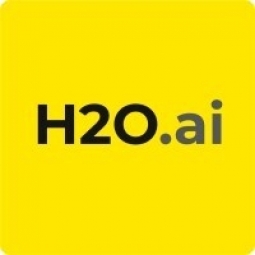H2O.ai
Case Studies
Operationalizing Machine Learning at Comcast
Overview
 |
Operationalizing Machine Learning at ComcastH2O.ai |
Analytics & Modeling - Machine Learning Analytics & Modeling - Predictive Analytics | |
Telecommunications | |
Discrete Manufacturing Quality Assurance | |
Predictive Maintenance Real-Time Location System (RTLS) | |
Data Science Services System Integration | |
Operational Impact
| Cost savings and efficiency gains in reducing avoidable truck rolls. | |
| Accurate predictions of trending content to offer personalized suggestions and browsing options to TV audiences. | |
| Improved metrics to evaluate customer experience. | |


